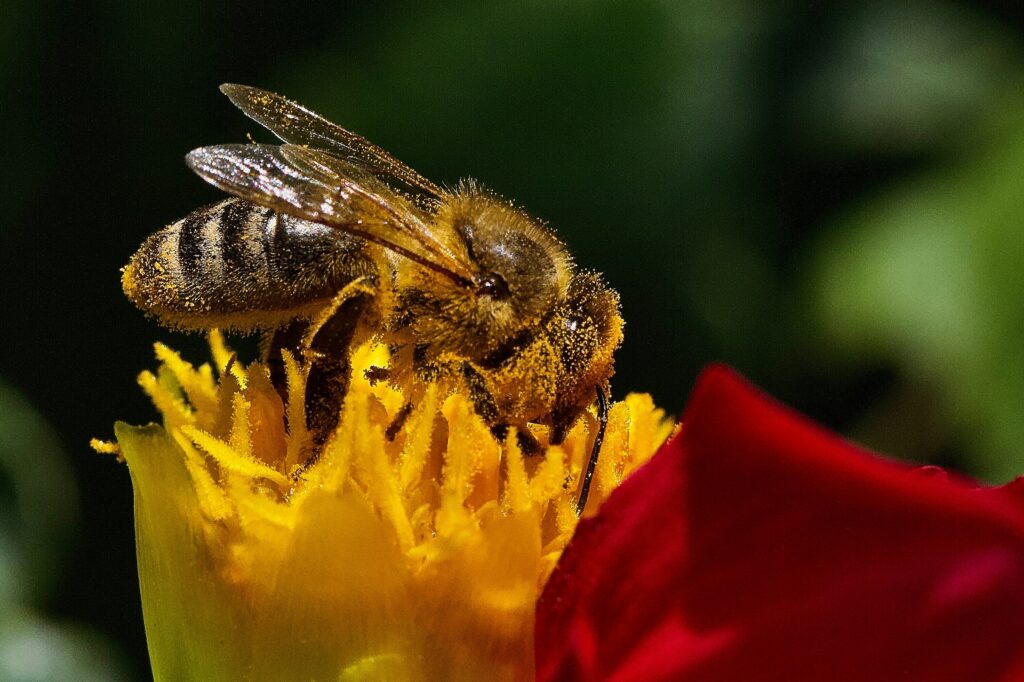When we think about pollination, honeybees typically steal the spotlight. Their organized colonies, honey production, and well-documented relationship with flowering plants have made them celebrities in the pollination world. However, nature’s pollination networks are far more complex and diverse than many realize. In particular, flies—often overlooked and underappreciated—play a crucial role in global pollination that sometimes exceeds the contributions of bees. This article explores the surprising importance of flies as pollinators and why, in certain ecosystems and for specific plant species, these humble insects may actually be more valuable than their more celebrated cousins.
The Unsung Heroes of Pollination
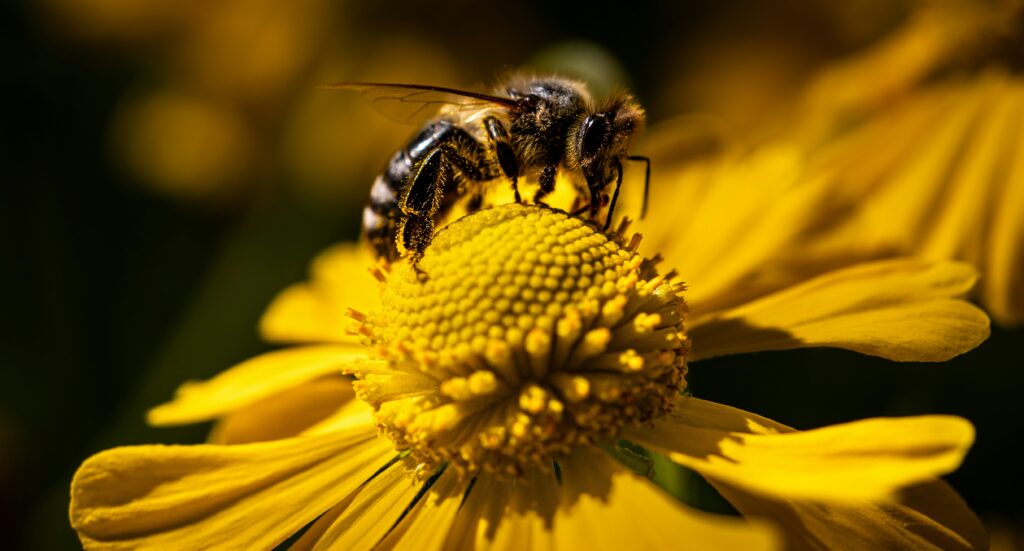
While bees get most of the credit for pollination services, flies actually represent one of the most diverse and abundant groups of pollinators worldwide. There are over 160,000 described species of flies, with many thousands more awaiting scientific discovery and classification. These insects visit flowers for various reasons—some seek nectar, others feed on pollen, and some use flowers as mating sites or shelter. During these visits, flies inadvertently transfer pollen between flowers, facilitating plant reproduction in ecosystems ranging from tropical rainforests to arctic tundra. Unlike bees, which evolved specifically to collect pollen, flies have developed relationships with flowers somewhat independently, creating unique pollination syndromes that some plants have come to rely upon exclusively.
Flies Thrive Where Bees Cannot
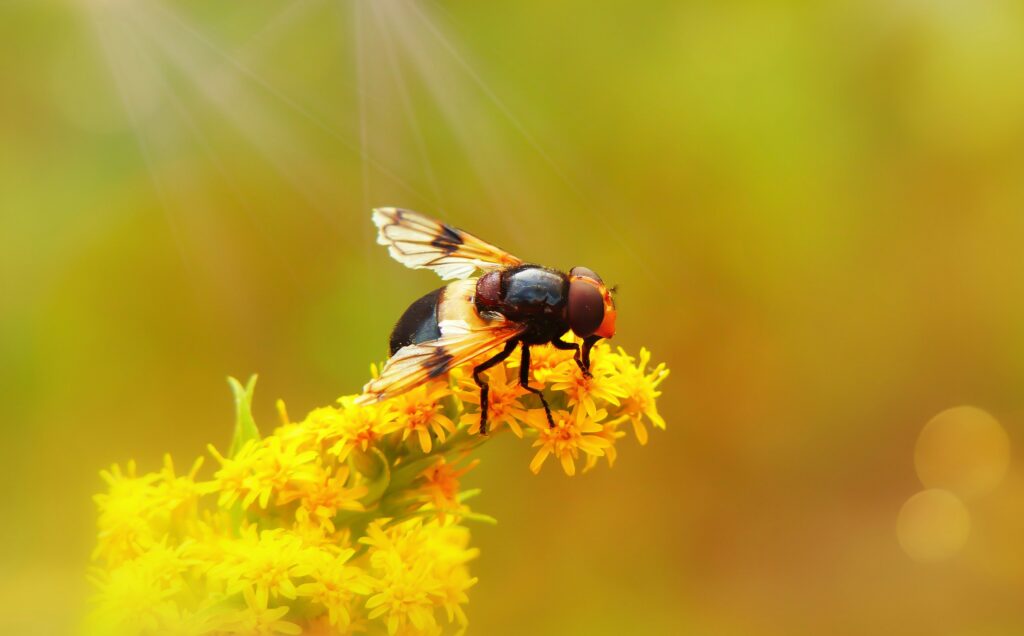
One of the most significant advantages flies have over bees is their ability to function in harsh environments where bees struggle to survive. In high alpine regions, arctic zones, and cool temperate forests, flies become the dominant pollinators because they can remain active at lower temperatures than most bees. Their physiology allows them to fly in cold, wet, and windy conditions that would ground honeybees and many other bee species. This resilience means that in these challenging environments, plant species depend almost entirely on flies for reproductive success. Some research indicates that in alpine ecosystems above 4,000 meters, flies may account for more than 80% of all flower visits, making them the primary pollination workforce in these extreme habitats.
The Remarkable Diversity of Pollinating Flies
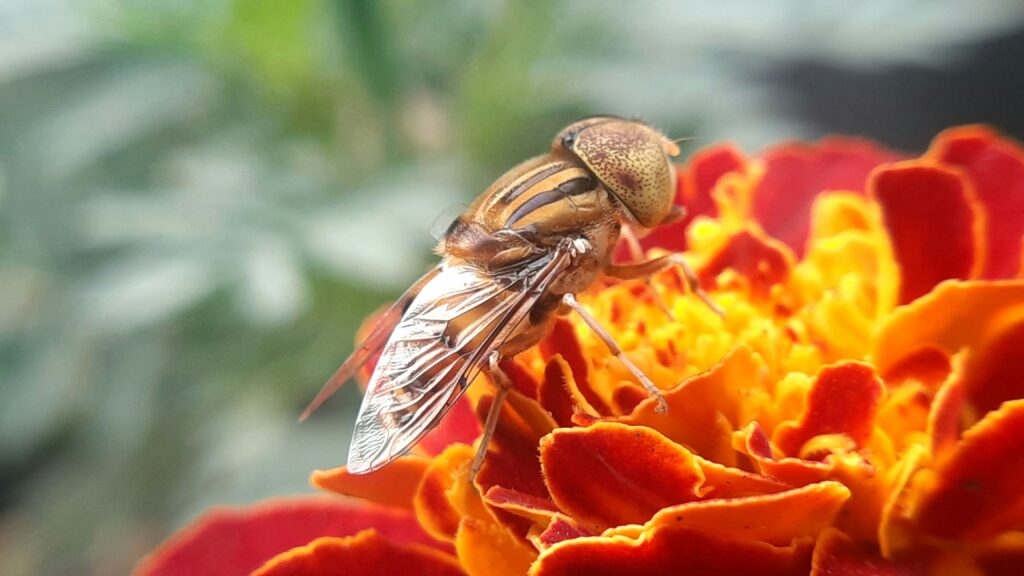
The array of flies that contribute to pollination is astonishingly diverse, with several families playing particularly important roles. Hoverflies (Syrphidae) are perhaps the best-known pollinating flies, with their bee-like appearance and hovering flight patterns. Bee flies (Bombyliidae) possess long proboscises specially adapted for reaching nectar in deep flowers. Flower flies, tachinid flies, and even some mosquitoes regularly visit flowers and transfer pollen. This diversity of fly pollinators means they collectively visit a broader range of flower types than bees, which often specialize in particular flower shapes. Some flies have evolved specific adaptations for pollination, including fuzzy bodies that readily collect pollen and mouthparts designed for specific flower structures, rivaling the specialized features seen in bees.
Critical Pollinators for Cacao and Chocolate
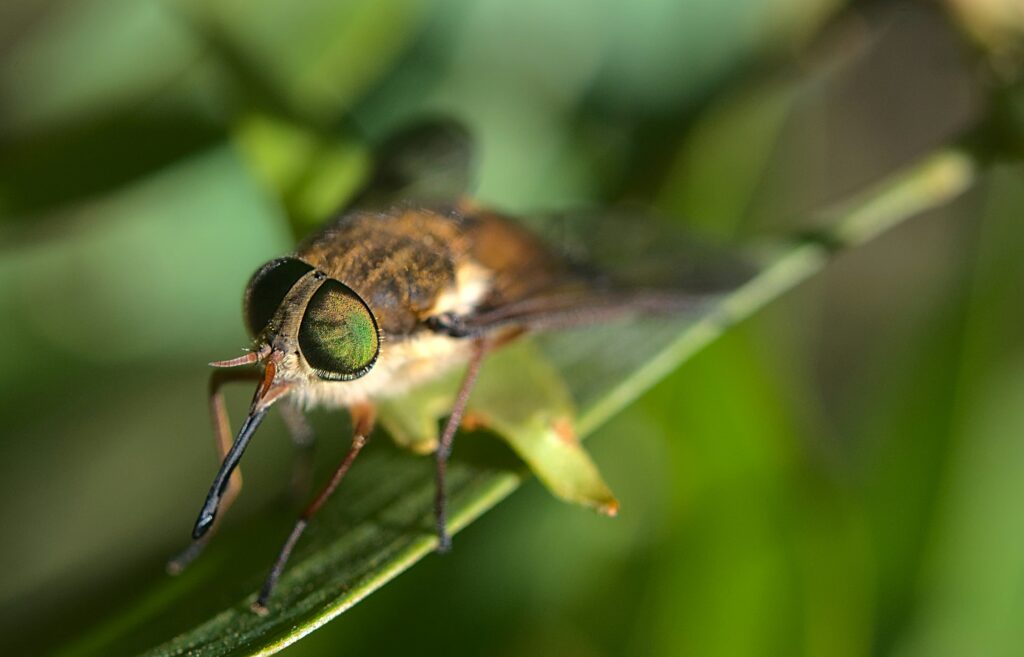
Perhaps one of the most compelling arguments for fly importance comes from the cacao tree, the source of chocolate. Unlike many crop plants pollinated primarily by honeybees, cacao flowers rely heavily on tiny midges in the Ceratopogonidae and Cecidomyiidae families. These minute flies are uniquely able to navigate the complex structure of cacao flowers and transfer pollen effectively between them. Without these specialized flies, cacao trees would produce far fewer pods, dramatically reducing global chocolate production. Studies in cacao plantations have shown that areas with healthy populations of these midges can have yields up to three times higher than areas where midges are scarce. This dependency highlights how some economically crucial plants have evolved relationships with specific fly pollinators rather than bees.
Masters of Deception: Fly Pollination Through Mimicry
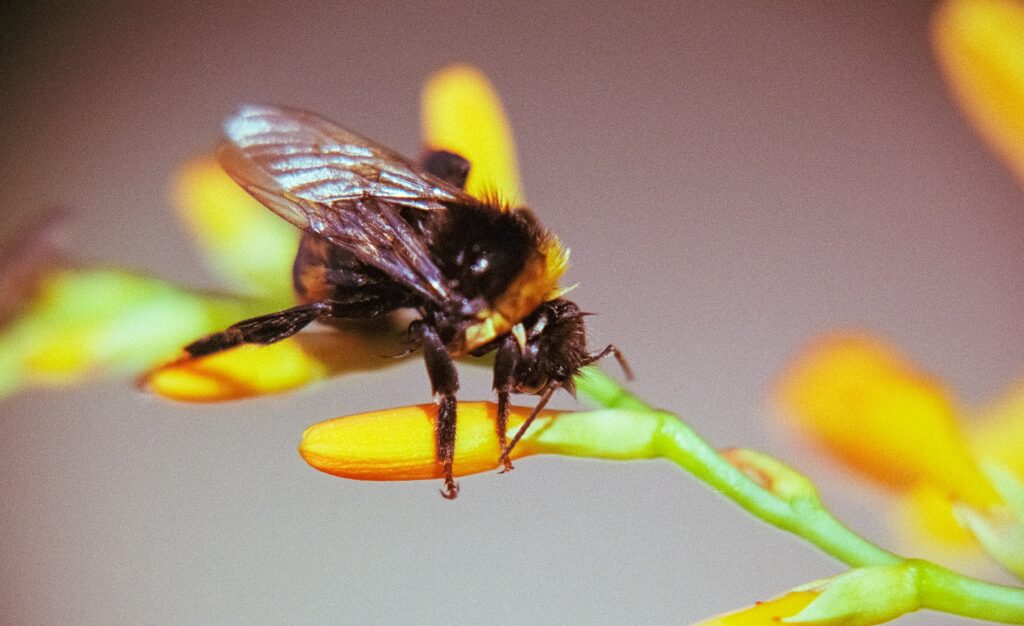
Some of the most fascinating plant-pollinator relationships involve flies attracted to flowers through evolutionary deception. Certain plants, like the infamous corpse flowers (Amorphophallus and Rafflesia), emit odors mimicking rotting meat to attract carrion flies that normally lay eggs in decaying flesh. The flies are fooled into entering these flowers, picking up pollen as they investigate what they perceive as a potential egg-laying site. Similarly, some orchids have evolved to mimic the appearance and scent of female insects, tricking male flies into attempting to mate with the flower—a process that ensures pollen transfer. These deceptive relationships demonstrate specialized pollination systems where flies are the exclusive pollinators, serving plants that have specifically evolved to exploit fly behavior rather than attract bees.
Night Shift Pollinators

While many bees are strictly diurnal, numerous fly species continue their activities during dusk, dawn, and even throughout the night. This extended activity period makes flies especially valuable pollinators for plants that flower during these low-light conditions. Nocturnal flowering plants often rely on moths and flies rather than bees for pollination services. The night-blooming orchid Bulbophyllum nocturnum, for instance, opens its flowers after dark and depends on nocturnal flies for pollination. This example illustrates another temporal niche where flies outperform bees as pollinators, serving plants that have evolved to avoid competition for pollinators during daylight hours by flowering when bees are inactive.
Critical Role in Arctic and Alpine Ecosystems
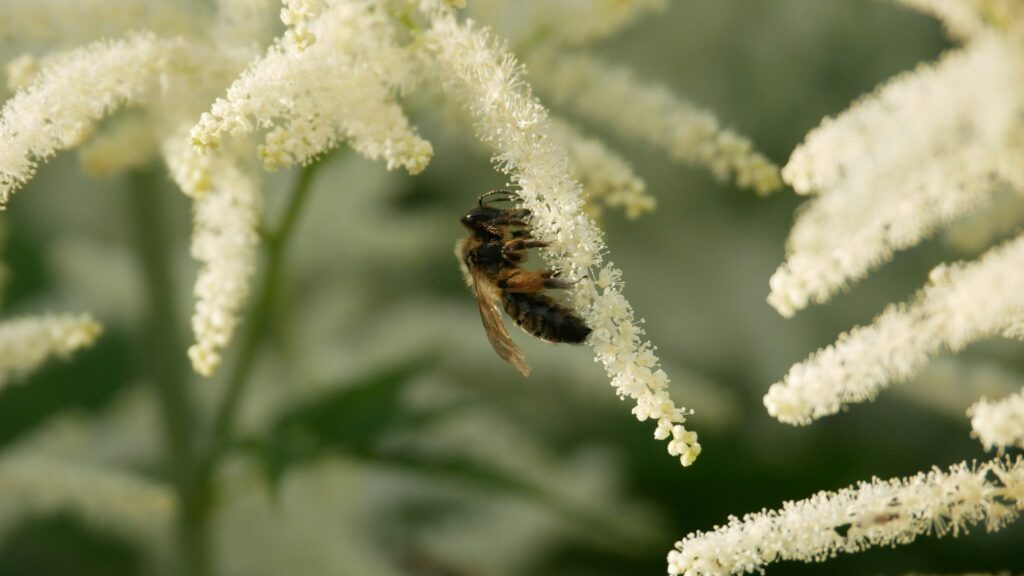
In the harsh environments of the Arctic and high mountain regions, flies become the dominant pollination force due to their cold tolerance. Many arctic wildflowers bloom during brief summer windows when temperatures still remain too low for optimal bee activity. Flies, particularly those in the families Muscidae and Anthomyiidae, thrive in these conditions and account for up to 90% of insect visits to flowers in some polar and alpine regions. Research in Greenland and northern Scandinavia has documented that removal of these flies from experimental plots results in dramatically reduced seed production for many plant species. The resilience of flies to cold and their willingness to forage in marginal weather conditions make them the primary architects of plant reproduction in these extreme ecosystems.
Flies as Pollinators of Ancient Plant Lineages

Some of Earth’s most ancient flowering plant families appear to have co-evolved with flies rather than bees as their primary pollinators. Plants in the Magnoliaceae family, which represent some of the earliest diverging lineages of flowering plants, are predominantly pollinated by beetles and flies rather than bees. Similarly, many species in the ancient Annonaceae family (which includes custard apples and soursops) rely heavily on fly pollination. The relationship between these primitive flowering plants and their fly pollinators may date back over 100 million years, significantly predating the evolution of many bee-pollinated plant families. This historical perspective suggests that fly pollination represents one of the earliest and most foundational pollination systems in flowering plant evolution.
Flies for Food Security: Agricultural Importance
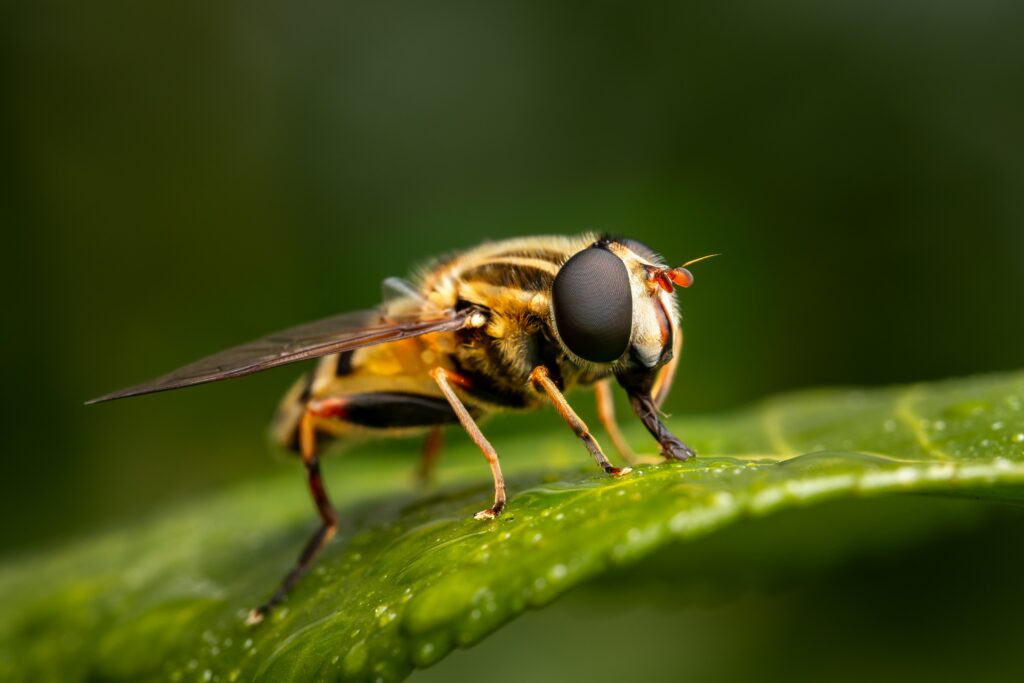
Beyond cacao, flies serve as critical pollinators for numerous other economically important crops. Mango flowers are frequently pollinated by various fly species, including hoverflies and blowflies. Many Allium species, including onions and leeks, benefit significantly from fly pollination. Carrot seed production depends heavily on various fly species visiting the small compound flowers. Even strawberries, though visited by many pollinator types, benefit from fly pollination, particularly in cooler growing regions or during early spring when bee activity may be limited. Agricultural researchers increasingly recognize that managing habitats to support robust fly populations can be as important as maintaining honeybee hives for certain crops, especially in regions where climate conditions favor fly activity over bee activity.
Numerical Advantage: Sheer Abundance of Flies
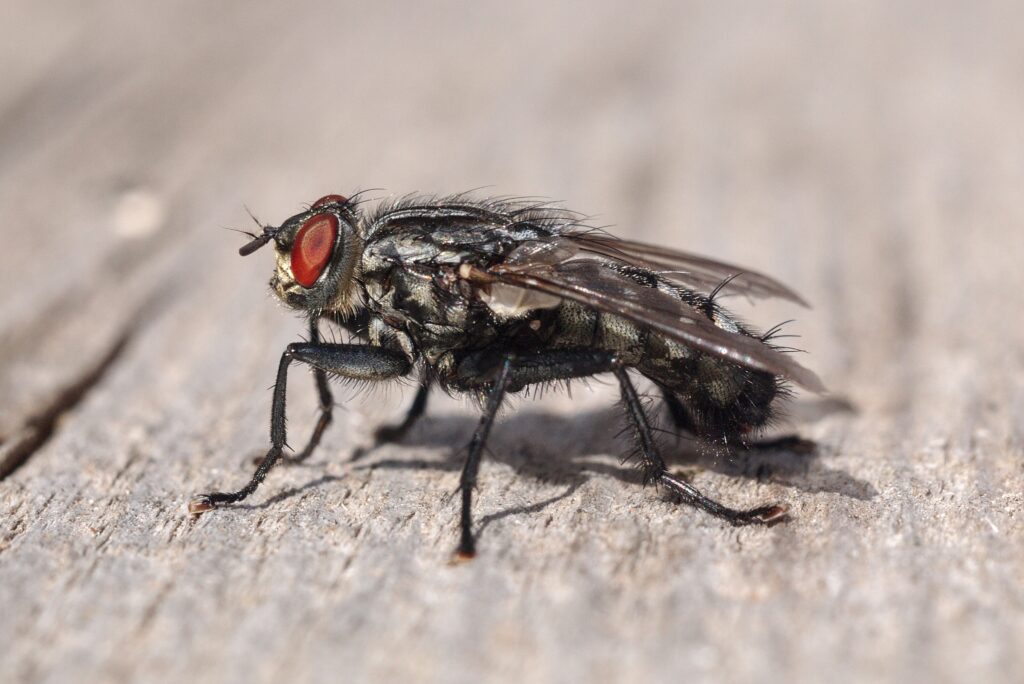
In terms of sheer numbers, flies often surpass bees in many ecosystems, creating a quantitative advantage in pollination services. A single rotting fruit or carcass can produce thousands of individual flies, while bee reproduction tends to be more constrained and seasonal. This numerical superiority means that even if individual flies might be less efficient pollinators than bees, their collective impact can be greater simply due to their abundance. Studies using flight interception traps in various ecosystems consistently capture far more flies than bees, often by several orders of magnitude. This abundance advantage is particularly pronounced in disturbed habitats and urban environments, where flies may become the predominant pollinators maintaining plant reproduction in ecosystems where bee populations have declined.
Resilience in the Face of Environmental Change
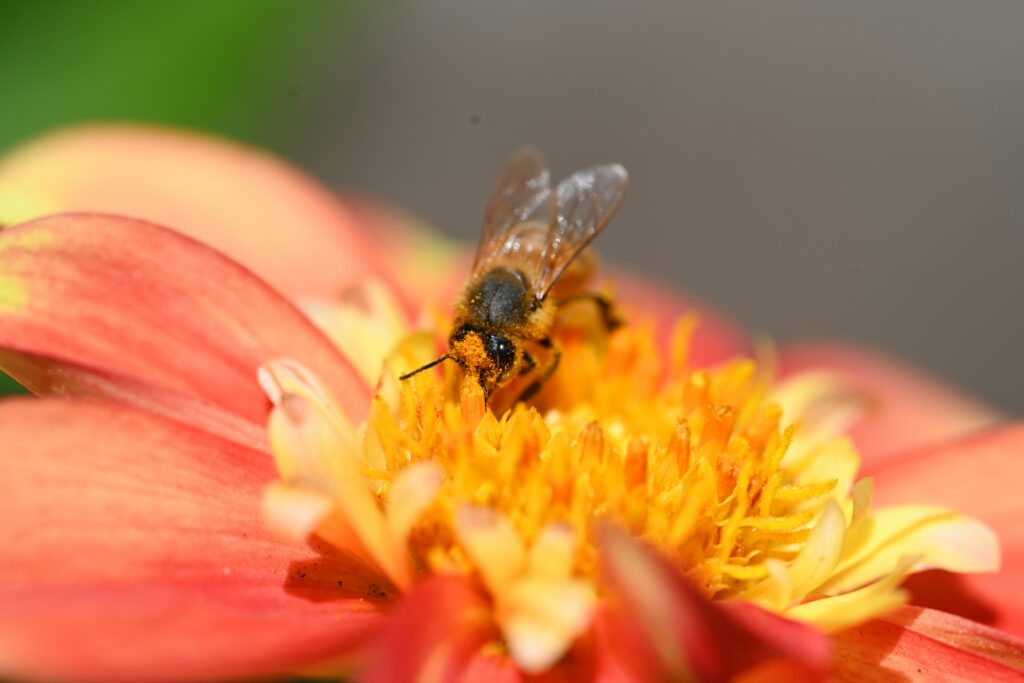
Flies typically demonstrate greater resilience to habitat disturbance, pollution, and climate change than many bee species. While many bee populations face serious declines worldwide, flies as a group have proven remarkably adaptable to anthropogenic changes. Their simpler nesting requirements (most flies need only organic matter for larval development rather than specialized nesting sites) and broader dietary flexibility make them more likely to persist in degraded landscapes. Experiments in habitat fragments and urban environments have shown that fly diversity often remains relatively stable even as bee diversity plummets. This resilience suggests that in our rapidly changing world, flies may maintain pollination services in ecosystems where bee populations can no longer fulfill this ecological function.
The Ecological Complementarity of Flies and Bees

Rather than viewing pollination as a competition between flies and bees, ecological research increasingly emphasizes the complementarity of these insect groups. Flies and bees often visit different flowers, or the same flowers at different times of day or under different weather conditions, creating a more comprehensive pollination network than either group could provide alone. This complementarity becomes particularly evident in studies tracking pollination over entire growing seasons, where flies might dominate early spring and late fall, while bees peak during summer months. Conservation approaches now recognize that protecting both fly and bee diversity creates more robust and resilient pollination services than focusing exclusively on bees. The insurance value of having multiple pollinator groups capable of serving the same plants means that if one group declines, others can potentially compensate, maintaining ecosystem function.
Conservation Implications: Protecting Fly Diversity
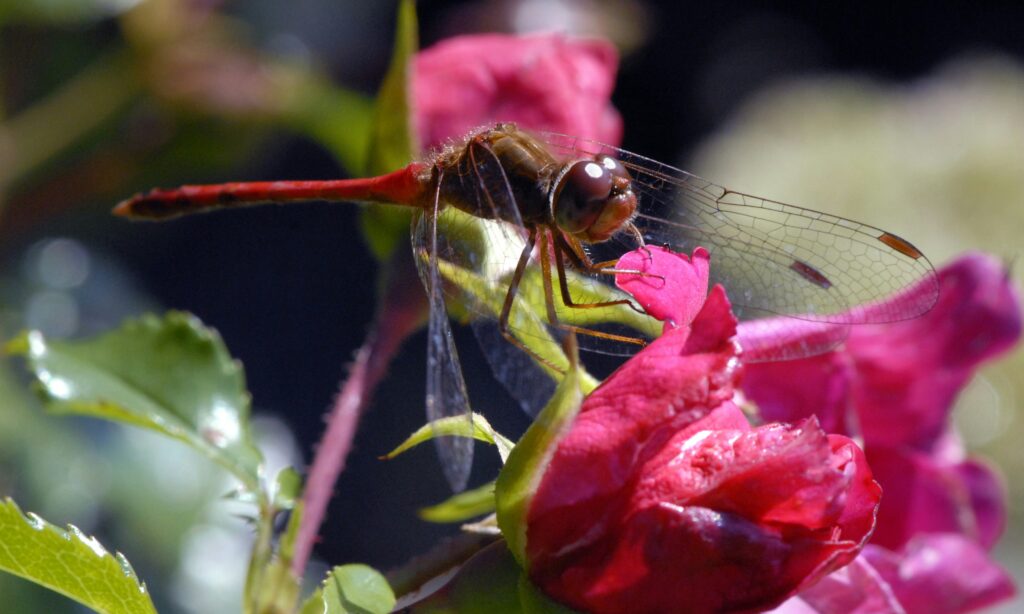
Despite their ecological importance, flies receive far less conservation attention than bees. Many conservation programs focus exclusively on charismatic pollinators like honeybees and butterflies, overlooking the crucial services provided by flies. This oversight has practical consequences, as habitat management decisions rarely consider fly requirements, potentially undermining pollination networks. Effective conservation of pollination services requires protecting diverse microhabitats that support fly life cycles, including rotting vegetation, standing water, and even carrion—resources often eliminated in “tidy” landscape management. Creating public awareness about the ecological value of flies represents another challenge, as these insects typically evoke negative reactions compared to the positive associations most people have with bees. Shifting this perception to recognize flies as beneficial organisms rather than merely pests constitutes an important step toward more comprehensive pollinator conservation.
Conclusion
While bees deservedly receive recognition for their pollination contributions, the evidence clearly shows that flies play an equally vital—and sometimes more important—role in maintaining plant reproduction across diverse ecosystems. From extreme environments where bees cannot thrive to specialized relationships with ancient plant lineages, flies demonstrate ecological value that often exceeds that of their more celebrated counterparts. As we face global challenges like climate change and habitat loss, understanding and protecting the full spectrum of pollinators becomes increasingly crucial. By recognizing flies as essential partners in pollination networks, we gain a more accurate understanding of ecosystem functioning and can develop more effective conservation strategies. These often-maligned insects deserve not only our scientific attention but also our appreciation for their irreplaceable ecological contributions.

